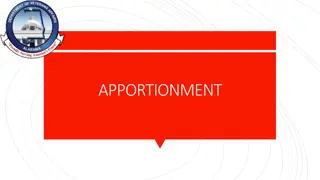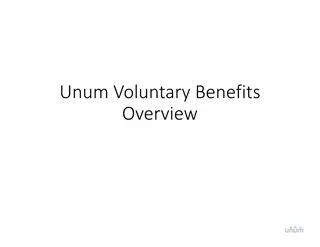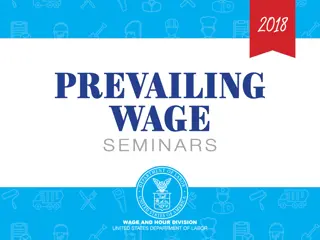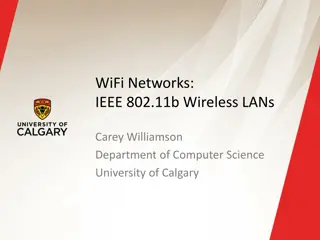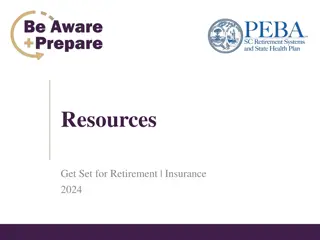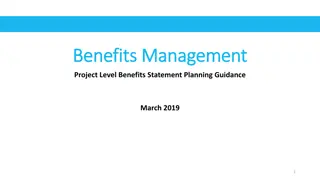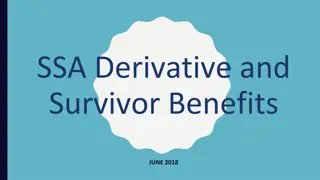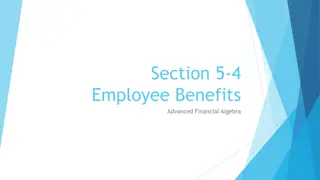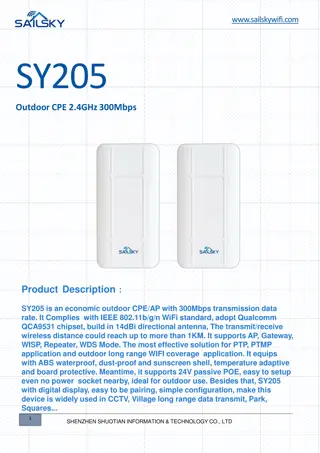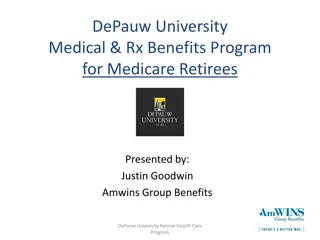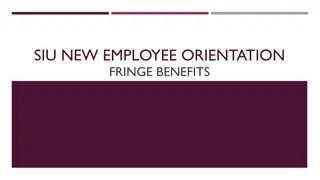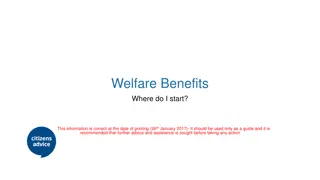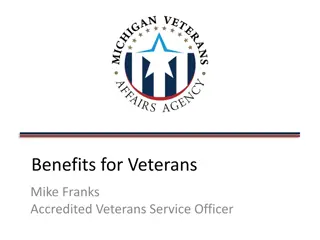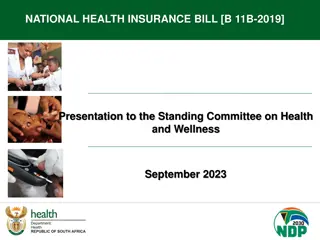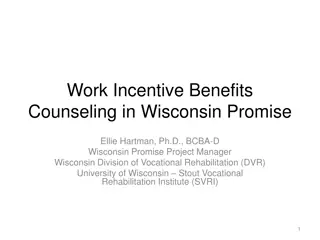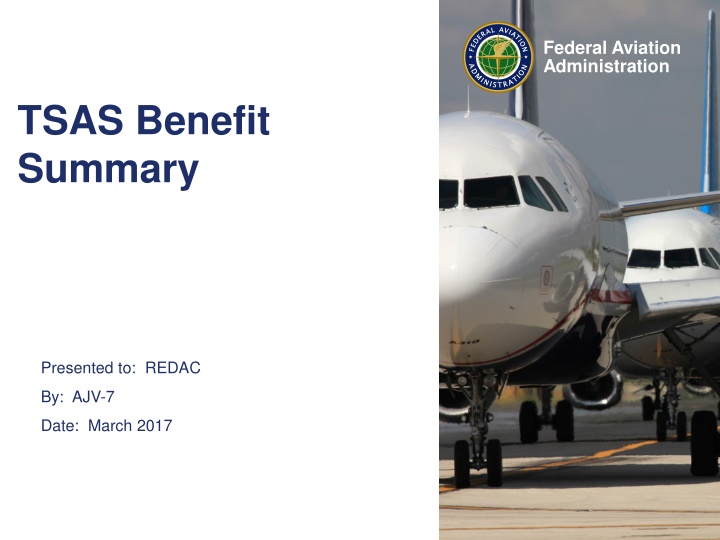
Federal Aviation Administration TSAS Benefit Summary and Methodology
"Discover how Terminal Sequencing and Spacing (TSAS) benefits air traffic management through enhanced efficiency, safety, and environmental impact reduction. Learn about the methodology used to identify and measure these advantages for optimized flight operations."
Uploaded on | 0 Views
Download Presentation

Please find below an Image/Link to download the presentation.
The content on the website is provided AS IS for your information and personal use only. It may not be sold, licensed, or shared on other websites without obtaining consent from the author. If you encounter any issues during the download, it is possible that the publisher has removed the file from their server.
You are allowed to download the files provided on this website for personal or commercial use, subject to the condition that they are used lawfully. All files are the property of their respective owners.
The content on the website is provided AS IS for your information and personal use only. It may not be sold, licensed, or shared on other websites without obtaining consent from the author.
E N D
Presentation Transcript
Federal Aviation Administration TSAS Benefit Summary Presented to: REDAC By: AJV-7 Date: March 2017
TSAS Terminal Sequencing and Spacing (TSAS) is part of Time-Based Flow Management (TBFM) Work Package 3 (WP3) which received its final investment decision (FID) in April 2015 TSAS is formerly known as TSS Federal Aviation Administration 2
Benefits Development Methodology Identify Potential Benefits Initial concept development targets an operational shortfall (e.g., need for improved sequencing and spacing in Terminal area) Feedback during variety of concept validation exercises Exercises include table-top as well as part-task or full-task simulations Subject Matter Experts (SMEs) asked to identify what helped and why, and what could augment the current concept Measure Benefits Conduct balanced Human-in-the-Loop (HITL) simulation using SMEs that compare use with and without proposed tool HITL design should provide comparison data on identified potential benefits Results based on objective and subjective data Project how HITL results can be extrapolated to other facilities and/or across the NAS Data Analysis Fast-time simulations Federal Aviation Administration 3
TSAS Benefit Areas Types of Benefit Source Benefit TSS2 HITL, 2013 Decrease in delays through reduced flight time Savings due to greater use of optimal trajectories and reduced ground tracks Trajectory Efficiency TSS2 HITL, 2013 TSS2 HITL, 2013; TBFM WP3 Shortfalls, 2013 Increase throughput due to the ability to realize more efficient arrival spacing Throughput* SME input based on reduced route deviations Decreased probability of loss of separation due to TSAS spacing assurance Reduced controller workload due to improved capability to maintain the queuing flights on their published routes & STA with less control actions Safety Various HITLs 2013-2014 Application of ASIAS study, 2012 Decreased deviations from published routes TSS2 HITL, 2013 Environmental Reduction in CO2 emissions and noise level Improved scheduling allows better merging of flows to the runways allowing En Route and TRACON controllers to work toward common plan that includes appropriate spacing at all merge points SME input based on HITL experience TBFM Schedule Improvements ASIAS: Aviation Safety Information Analysis and Sharing * Not part of economic analysis Source: derived from TBFM WP3 BBOE STA: Schedule Time of Arrival Federal Aviation Administration 4
Reduced Flight Time and Fuel Burn TSAS shortens flying time in TRACON More RNP approaches with RF-leg (curved) Less vectoring TSAS promotes more efficient trajectories in TRACON Source: TBFM WP3 BBOE Federal Aviation Administration 5
TSS2 HITL Results Source: TSS2 HITL, April 2013 Federal Aviation Administration 6
TSS2 HITL Results More flights fly RNP approach in mixed environment RF-Leg flown 100% More efficient routes for all flights Source: TSS2 HITL, April 2013 Federal Aviation Administration 7
TSAS Benefit Numbers Risk-Adjust FY14$M Airline Direct Operating Costs Passenger Value of Time Total $477.82 $541.31 $1019.13 Risk-Adjust PV$M Airline Direct Operating Costs Passenger Value of Time Total $156.60 $177.40 $334.00 Lifecycle: 2020-2039 Federal Aviation Administration 8

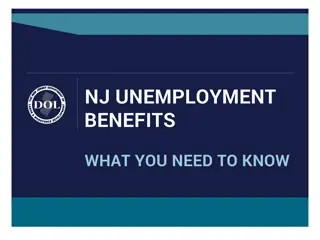
![Stakeholders' Responses to National Health Insurance Bill [B.11B-2019]: Overview](/thumb/69945/stakeholders-responses-to-national-health-insurance-bill-b-11b-2019-overview.jpg)
